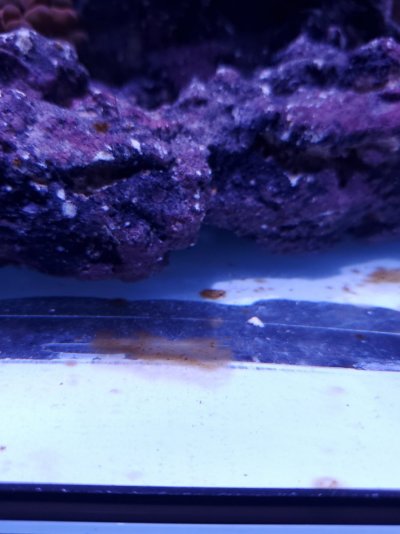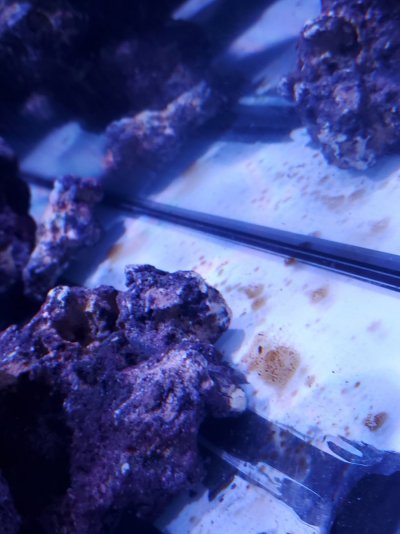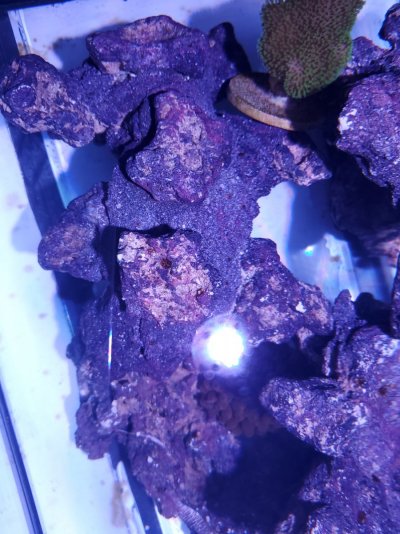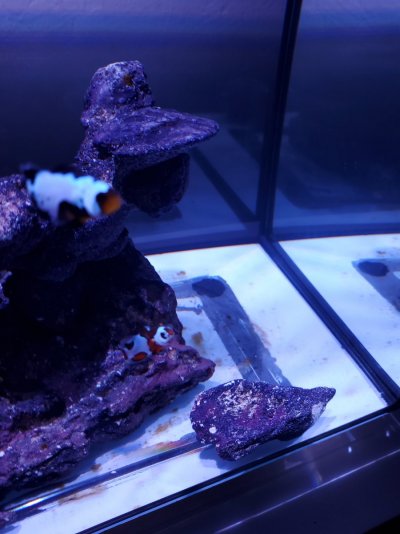Hi reef community,
My name is Jess. I recently started a saltwater tank with my partner and it's been a little over a month now. We have a Fluval 13.5 g and cycled fully about 2 weeks ago. We added 2 clowns and 2 corals and just over the past week I started seeing some brown algae spots around the tank bottom glass and on the rock. We are a bare bottom tank and used dry rock with fishless cycle. I did a water test this morning in preparation to do a 10% change just to get Nitrates down as I heard that may affect diatom bloom (please correct me if I'm wrong) the Nitrates were at about 20ppm this morning after feeding last night. I measured/ tested again and ammonia is at 0. Nitrites are at 0 and Nitrates are at 10ppm now. Wondering if anyone can ID these before I do my water change. Is this just the usual ugly phase stage 1 that everyone goes through? And finally, should I scrap or scrub these when doing my water change?
Thanks so much! Really appreciate any tips/tricks/suggestions ya'll can provide. Take care and stay salty!




My name is Jess. I recently started a saltwater tank with my partner and it's been a little over a month now. We have a Fluval 13.5 g and cycled fully about 2 weeks ago. We added 2 clowns and 2 corals and just over the past week I started seeing some brown algae spots around the tank bottom glass and on the rock. We are a bare bottom tank and used dry rock with fishless cycle. I did a water test this morning in preparation to do a 10% change just to get Nitrates down as I heard that may affect diatom bloom (please correct me if I'm wrong) the Nitrates were at about 20ppm this morning after feeding last night. I measured/ tested again and ammonia is at 0. Nitrites are at 0 and Nitrates are at 10ppm now. Wondering if anyone can ID these before I do my water change. Is this just the usual ugly phase stage 1 that everyone goes through? And finally, should I scrap or scrub these when doing my water change?
Thanks so much! Really appreciate any tips/tricks/suggestions ya'll can provide. Take care and stay salty!

















